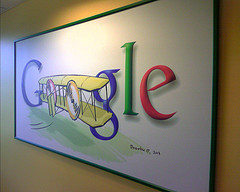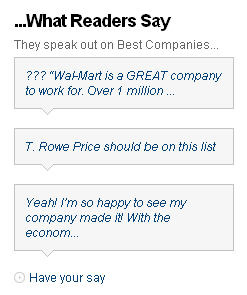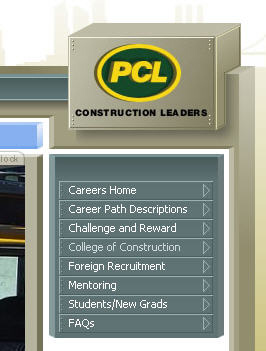 Each year, Google sponsors a contest called Doodle 4 Google where U.S. children ages 5-18 and in grades Kindergarten to 12th grade can redesign the Google logo. The winner’s logo appears on Google’s home page for an entire day, and the winner gets a $15,000 college scholarship, a trip to Google’s New York office, a laptop computer, and a T-shirt with his or her Google doodle on it. The winner’s school also gets a $25,000 technology grant to be used toward developing the school’s computer lab.
Each year, Google sponsors a contest called Doodle 4 Google where U.S. children ages 5-18 and in grades Kindergarten to 12th grade can redesign the Google logo. The winner’s logo appears on Google’s home page for an entire day, and the winner gets a $15,000 college scholarship, a trip to Google’s New York office, a laptop computer, and a T-shirt with his or her Google doodle on it. The winner’s school also gets a $25,000 technology grant to be used toward developing the school’s computer lab.
Doodle 4 Google is a great promotion and demonstrates how an iconic logo transcends demographics. In this case, children as young as 5 are invited to become familiar with the logo, and most likely, participating schools (schools must register for Google 4 Doodle in order for their students’ entries to be included in the contest) discuss Google with the students to help them understand the contest. It’s a smart way for Google to begin a relationship with young consumers. I’d like to see more widespread prizes though. No doubt, Google is getting a lot of brand publicity as part of the contest. It would be nice to see more children and schools rewarded for their efforts. [Read more…] about Doodle 4 Google – Creative Brand Publicity
 Branded cities
Branded cities News is making its way across the Internet today about two French companies that are suing
News is making its way across the Internet today about two French companies that are suing  In the final installment of the Employer Brand series, I promised a postscript on how the Fortune list of ‘
In the final installment of the Employer Brand series, I promised a postscript on how the Fortune list of ‘ Rounding out Cynthia’s excellent adventure: As mentioned in the
Rounding out Cynthia’s excellent adventure: As mentioned in the